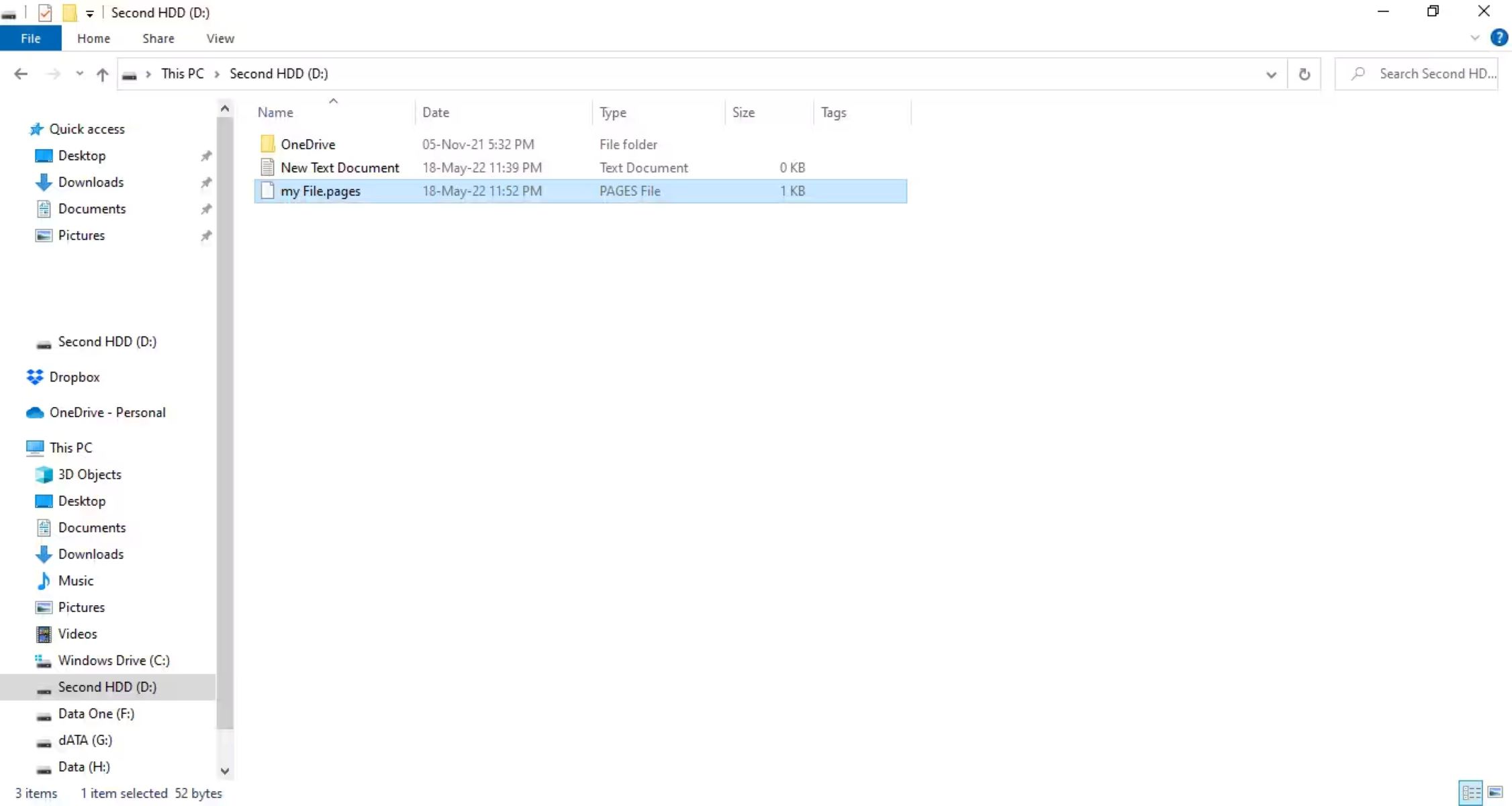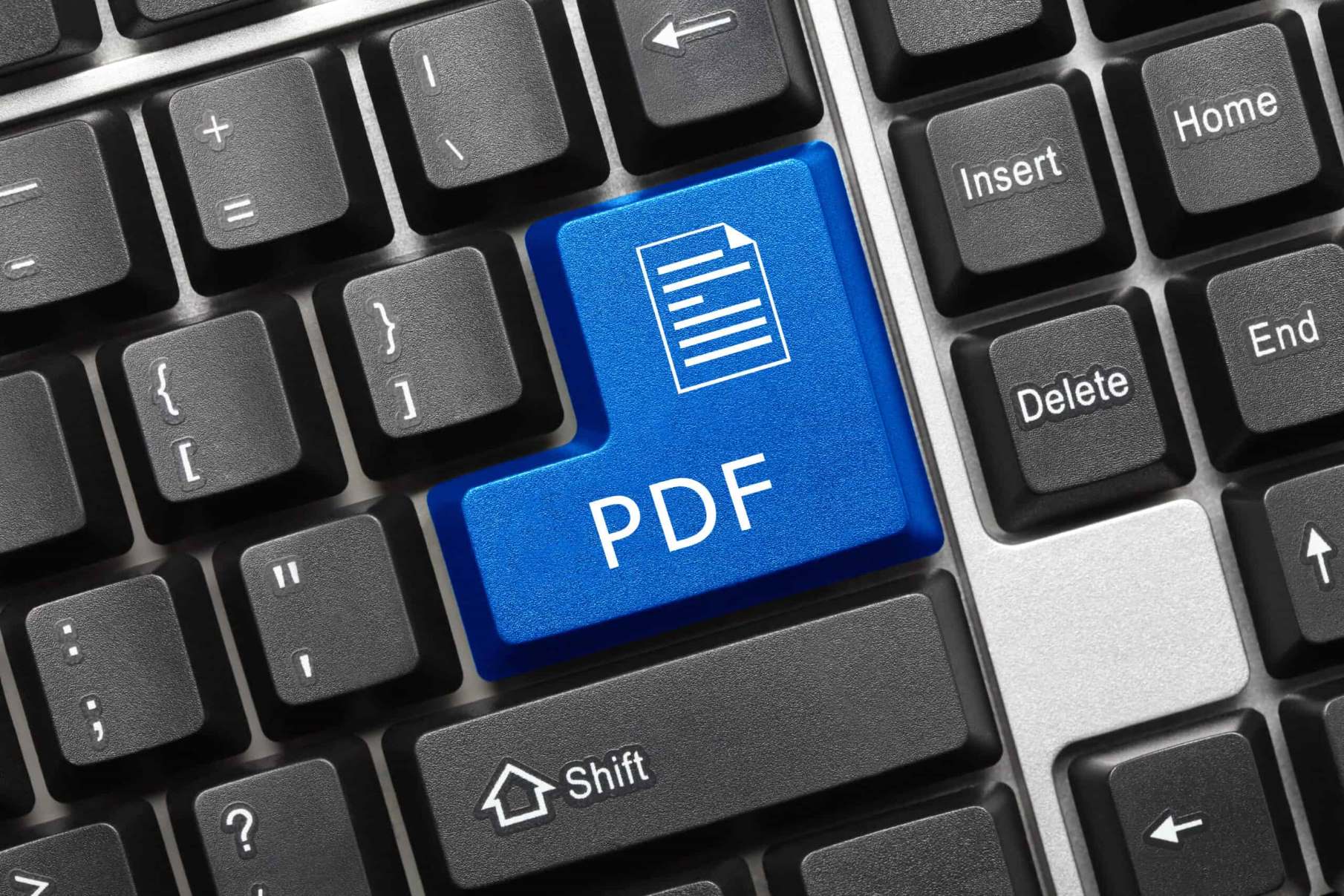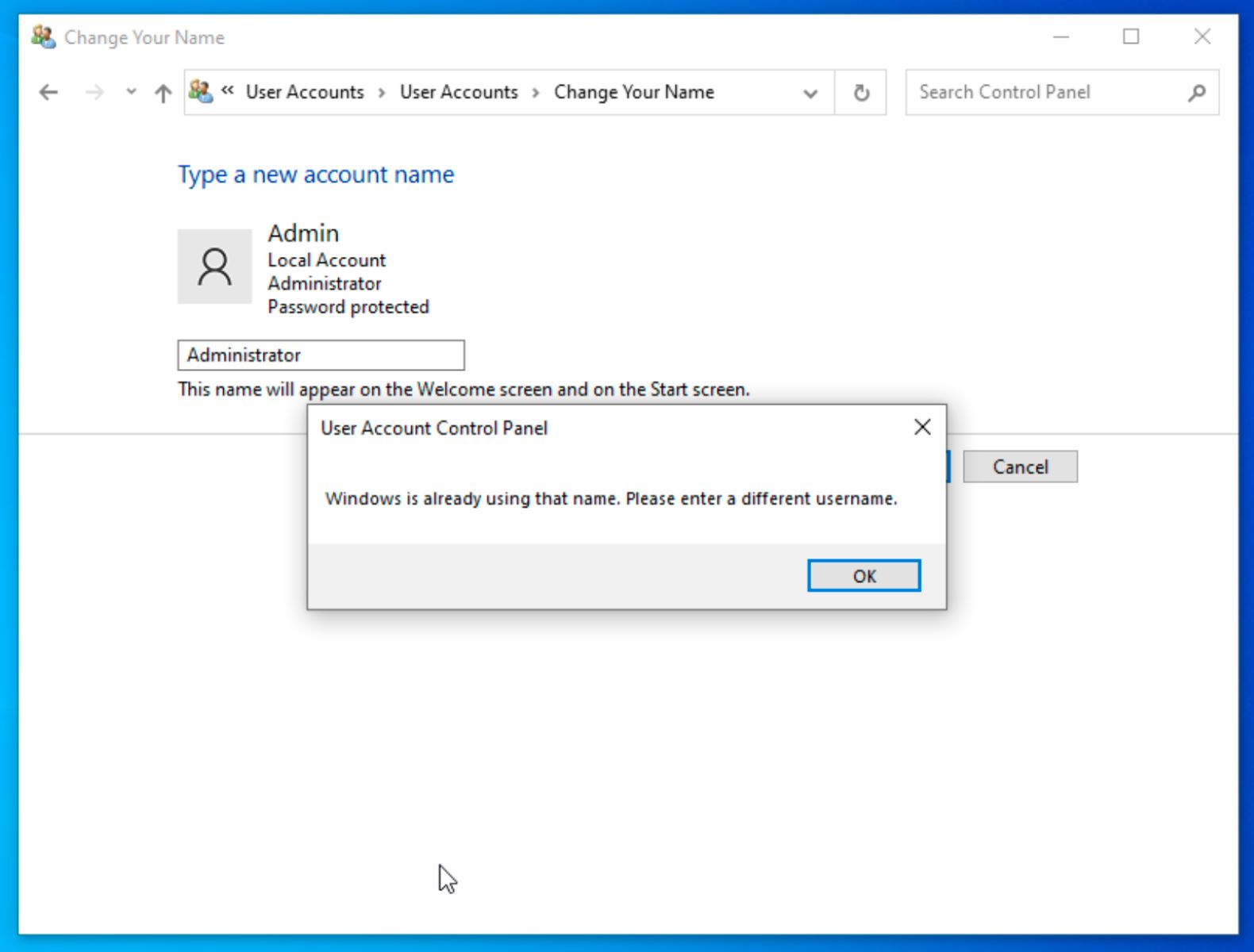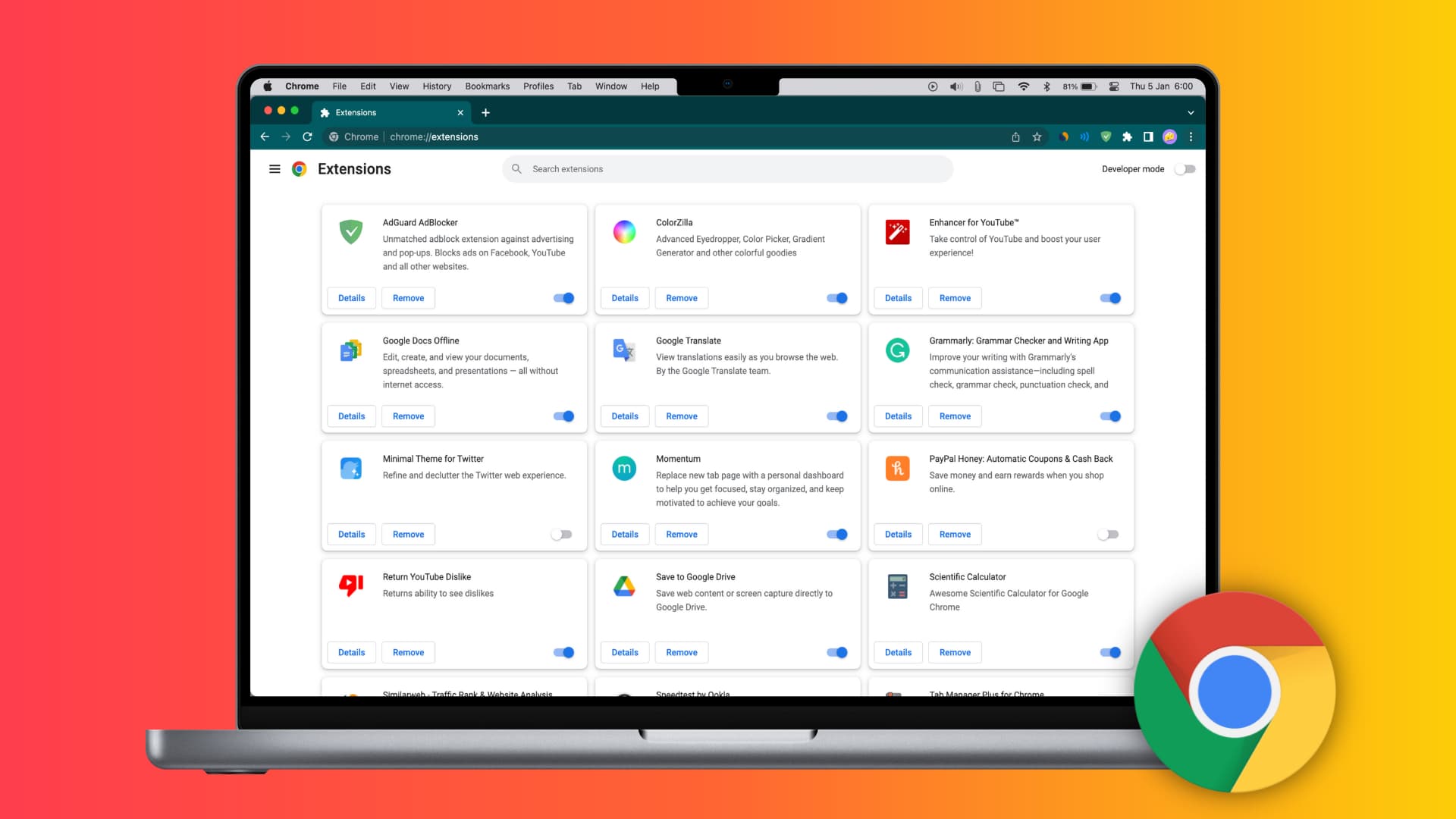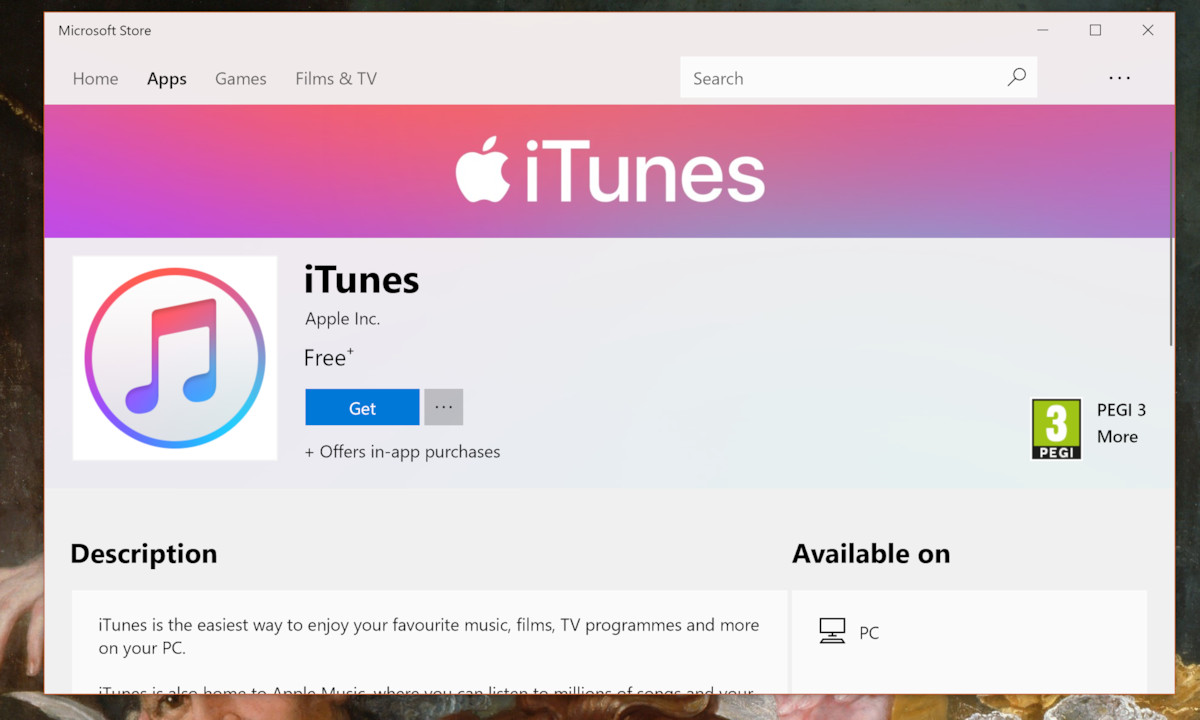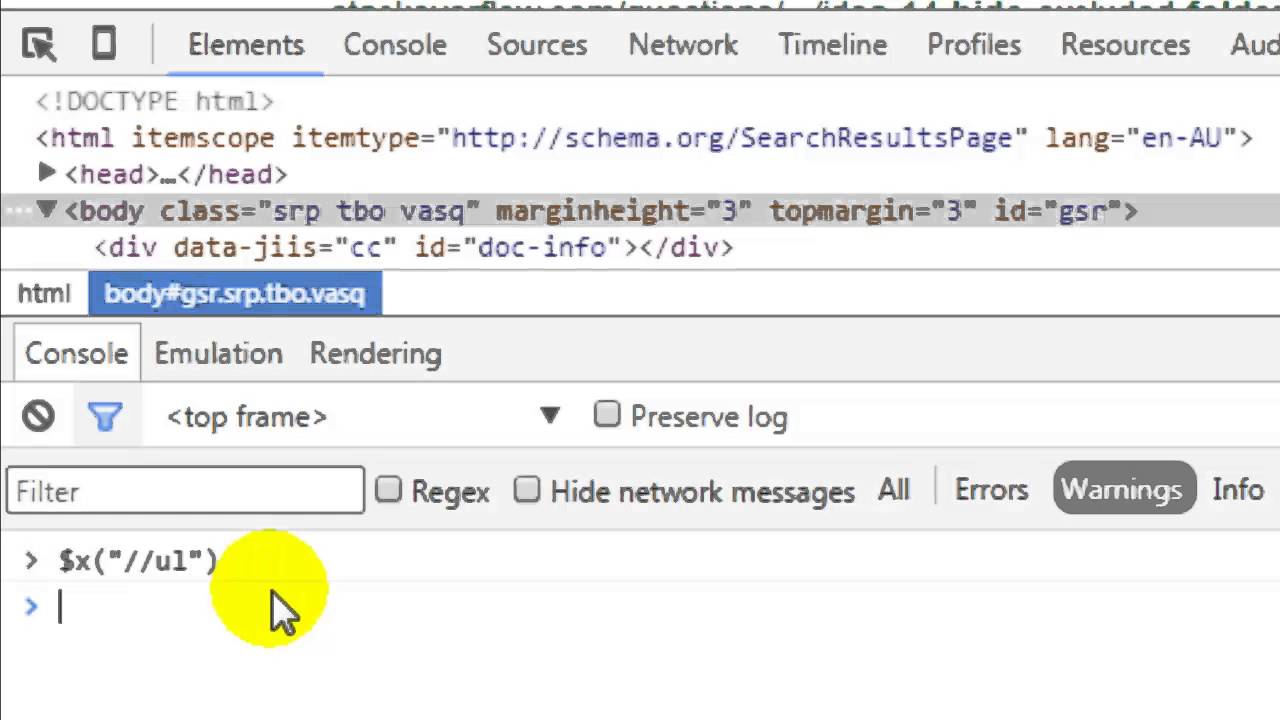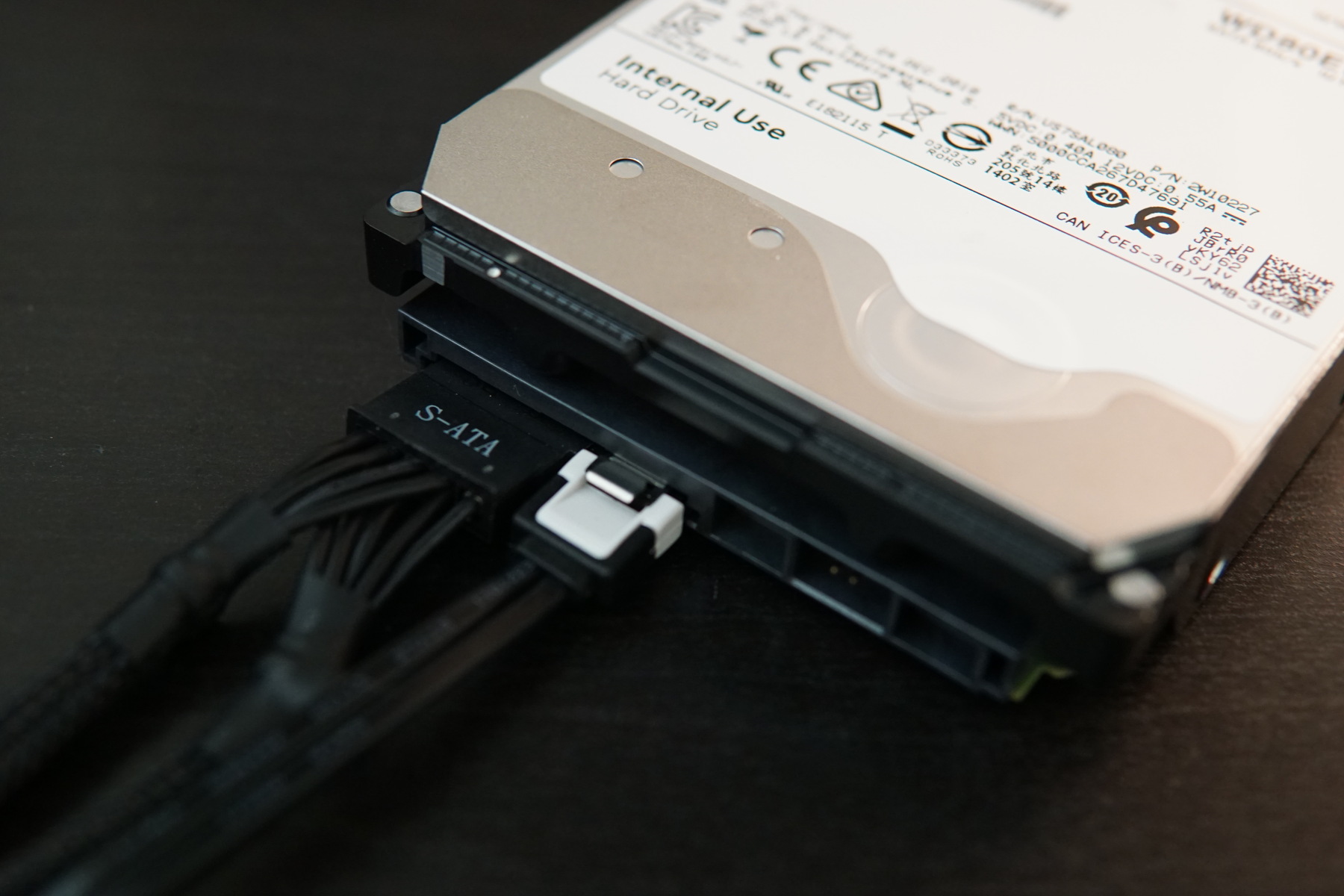Introduction
Have you ever received a Pages file but don’t have a Mac to open it? No need to worry! While Pages is the default word processing application for Mac users, it’s still possible to open Pages files on a Windows computer. In this article, we will explore various methods that allow you to access and view Pages files even if you are using a Windows operating system.
Pages is a document creation software developed by Apple Inc. It offers users a wide range of features to create professional-looking documents, such as letters, resumes, reports, and more. However, due to its compatibility limitations, opening Pages files on Windows can be a bit tricky. Fortunately, there are several solutions available that can help you overcome this hurdle and access the content of Pages files seamlessly on your Windows PC.
In the following sections, we will outline five methods you can use to open Pages files on Windows. Each method offers its own set of advantages and requires different tools or software. By following the instructions provided, you’ll be able to view Pages documents without any hassle, ensuring that you never miss out on the valuable information contained within.
No matter whether you’re a student, professional, or casual user, being able to access Pages files on Windows will undoubtedly save you time and allow for smoother collaboration, particularly if you frequently exchange documents with Mac users. So, without further ado, let’s dive into the various methods you can employ to open Pages files on your Windows computer.
What is a Pages file?
Before we delve into the methods of opening Pages files on Windows, let’s first understand what a Pages file actually is. A Pages file is a document file created using Apple’s word processing software called Pages. It is primarily used on Mac computers and devices, such as iPhones and iPads. Pages files have the .pages file extension and contain formatted text, images, graphs, tables, and other elements commonly found in documents.
Pages is known for its user-friendly interface and extensive range of design tools, allowing users to create visually appealing documents. However, due to the proprietary nature of Pages, it can be challenging to open these files on a Windows computer, as the default software on Windows, such as Microsoft Word, cannot directly read the .pages file format.
It’s worth noting that Pages offers several advanced features not available in other word processing software, such as seamless integration with other Apple applications like Keynote and Numbers. This makes it a popular choice among Mac users who want to create professional-looking documents with the ability to incorporate multimedia and interactive elements effortlessly.
When you receive a Pages file on your Windows device, you may encounter compatibility issues when attempting to open it. Fortunately, there are various methods available that allow you to convert or access the content of Pages files without needing a Mac or the Pages software itself. These methods enable Windows users to view, edit, and collaborate on Pages documents, ensuring compatibility across different operating systems.
In the next sections, we will explore five different methods to open Pages files on Windows. Whether you prefer online converters, cloud-based solutions, or third-party software, there is a method suitable for your specific needs. By following the step-by-step instructions, you’ll be able to unlock the content within Pages files and harness the collaborative power of this versatile file format, regardless of the operating system you are using.
Method 1: Using Online Converters
One of the most convenient ways to open Pages files on a Windows computer is by using online file conversion services. These platforms allow you to convert Pages files into formats compatible with Windows applications such as Microsoft Word or PDF. Here’s how you can use online converters to access the content of Pages files on your Windows PC:
Step 1: Choose a reliable online converter: There are several online conversion tools available, so it’s essential to choose a reputable and secure one. Some popular options include Zamzar, OnlineConvert, and Convertio.
Step 2: Upload your Pages file: Once you’ve selected an online converter, locate the option to upload files. Usually, there will be a “Choose File” or “Upload File” button on the website. Click on it and navigate to the location where your Pages file is saved on your computer. Select the file and upload it to the converter.
Step 3: Select the desired output format: After uploading the Pages file, you will be prompted to choose the format you want to convert it into. Depending on the converter you’re using, you may have options like “Word,” “PDF,” or other compatible file formats. Select the appropriate format that suits your needs.
Step 4: Initiate the conversion process: Once you’ve specified the output format, click on the “Convert” or “Convert File” button to start the conversion process. The converter will begin processing the Pages file and transforming it into the desired format.
Step 5: Download the converted file: Once the conversion is complete, the online converter will provide a download link for you to retrieve the converted file. Simply click on the link to download the file to your computer. The converted file will be in a format compatible with Windows, such as Docx or PDF.
Step 6: Open and view the converted file: After downloading the converted file, you can now open it using a suitable Windows application. If you converted it to a Word document, you can use Microsoft Word to view and edit the document. If you converted it to a PDF, you can use Adobe Acrobat or any PDF reader to access the content.
Using online converters is a straightforward and accessible method to convert Pages files into formats that Windows applications can handle. However, keep in mind that the formatting of the document may not always be preserved perfectly during the conversion process. It’s always a good idea to review the converted file and make any necessary adjustments before finalizing the document on your Windows computer.
Method 2: Converting using Pages for iCloud
If you have a Pages file that you need to open on your Windows computer, another option is to utilize Pages for iCloud. Pages for iCloud is a web-based version of the Pages application that allows you to create, edit, and view Pages files directly from your browser. Here’s how you can convert and access Pages files using Pages for iCloud on your Windows PC:
Step 1: Open your web browser: Launch your web browser, such as Google Chrome, Firefox, or Microsoft Edge, on your Windows computer. Make sure you have a stable internet connection.
Step 2: Go to the Pages for iCloud website: Enter the following URL into your browser’s address bar: www.icloud.com/pages. Hit Enter to navigate to the Pages for iCloud website.
Step 3: Log in to your Apple ID: On the Pages for iCloud homepage, enter your Apple ID and password to log in. If you don’t have an Apple ID, you can create one for free by clicking the “Create one now” link.
Step 4: Access Pages on iCloud: After logging in, you will see a menu of Apple applications. Click on the “Pages” icon to access the Pages application on iCloud.
Step 5: Upload your Pages file: Once in Pages for iCloud, click on the “+” icon to create a new document. From the dropdown menu, select “Upload Document.” Locate the Pages file on your Windows computer and click “Open” to upload it to iCloud.
Step 6: Convert the Pages file: After the Pages file is uploaded, it will be converted to the iCloud format. Once the conversion is complete, the Pages file will be accessible for viewing and editing in the Pages web application.
Step 7: View and edit the Pages file: You can now open the converted Pages file by clicking on it within the Pages for iCloud interface. The document will open in a new browser tab, allowing you to view and edit the content using the online version of the Pages application.
Using Pages for iCloud provides a convenient way to convert and access Pages files on your Windows computer without the need for additional software installations. However, keep in mind that this method requires a stable internet connection, and the performance may depend on your internet speed. It’s also worth noting that certain advanced features available in the desktop version of Pages may not be fully supported in Pages for iCloud.
Method 3: Using Microsoft Word
If you have Microsoft Word installed on your Windows computer, you can use it to open Pages files. Although Pages files are not natively compatible with Word, Apple provides a built-in export feature in Pages that allows you to convert them into a format recognized by Word. Follow these steps to open Pages files using Microsoft Word on your Windows PC:
Step 1: Open Pages and export the file: Launch Pages on your Mac computer and open the Pages file that you want to open on your Windows computer. Once the file is open, go to the “File” menu and select “Export To,” then choose “Word” from the dropdown menu. Save the exported Word document to a location accessible by your Windows computer, such as a USB drive or cloud storage.
Step 2: Transfer the exported Word document: Transfer the exported Word document from your Mac to your Windows computer. You can use a USB drive, email, cloud storage, or any other method of file transfer that you prefer.
Step 3: Open the Word document in Microsoft Word: On your Windows computer, open Microsoft Word. Go to the “File” menu and select “Open” to browse and locate the exported Word document. Select the file and click “Open” to load it into Word.
Step 4: Review and edit the document: Once the Word document is open, you can review and edit the content as needed. Microsoft Word provides a familiar and feature-rich environment for working with text documents, allowing you to make modifications, apply formatting, and collaborate seamlessly.
Opening Pages files in Microsoft Word provides a straightforward solution for Windows users who already have the software installed on their computers. However, keep in mind that the formatting and layout of the document may differ slightly from the original Pages file. It is recommended to review the document and make any necessary adjustments to ensure the final output meets your expectations.
Method 4: Using LibreOffice
Another option for opening Pages files on a Windows computer is to use LibreOffice. LibreOffice is a free and open-source office suite that includes a word processing program called Writer. It supports a wide range of document formats, including Pages files. Here’s how you can use LibreOffice to open Pages files on your Windows PC:
Step 1: Download and install LibreOffice: If you don’t already have LibreOffice installed on your Windows computer, visit the official LibreOffice website and download the latest version compatible with your operating system. Follow the installation instructions to install LibreOffice on your computer.
Step 2: Open LibreOffice Writer: Launch LibreOffice Writer by clicking on its icon in the LibreOffice suite or by searching for it in your Windows Start menu.
Step 3: Open the Pages file in LibreOffice Writer: In LibreOffice Writer, go to the “File” menu and select “Open.” Browse your computer to locate the Pages file you want to open. Select the file and click “Open” to load it into LibreOffice Writer.
Step 4: Review and edit the document: Once the Pages file is open in LibreOffice Writer, you can review its content and make any necessary edits. LibreOffice Writer provides a comprehensive set of features for working with text documents, allowing you to format text, insert images, tables, and more.
Step 5: Save the document in a compatible format: After making any necessary changes to the Pages file, go to the “File” menu and choose “Save As.” Specify a name for the file and select a compatible file format, such as Microsoft Word’s .docx. Click “Save” to save the document in the desired format.
Using LibreOffice to open Pages files offers a free and accessible solution for Windows users. While LibreOffice does a commendable job of maintaining the formatting and content of Pages files, it’s worth considering that complex layouts or advanced features specific to Pages may not be fully supported. It’s a good practice to review the document after opening it in LibreOffice and make any necessary adjustments to ensure the final output meets your requirements.
Method 5: Using Google Drive
If you have a Google account, you can use Google Drive to open Pages files on your Windows computer. Google Drive is a cloud-based file storage and sharing platform that offers a suite of productivity tools, including Google Docs, which can open and convert Pages files. Here’s how you can use Google Drive to access and view Pages files on your Windows PC:
Step 1: Upload the Pages file to Google Drive: Visit the Google Drive website (drive.google.com) and log in with your Google account. Click on the “+ New” button and select “File upload.” Browse your computer for the Pages file you want to open and click “Open” to upload it to your Google Drive.
Step 2: Convert the Pages file: After uploading the Pages file to Google Drive, right-click on it and select “Open with” from the context menu. Choose “Google Docs” to open the file in the Google Docs editor. Google Docs will automatically convert the Pages file to its own format for viewing and editing purposes. The converted document will appear in a new tab.
Step 3: View and edit the converted document: Once the Pages file is converted and opened in Google Docs, you can view and make edits to the content. Google Docs provides a range of formatting options, collaboration features, and the ability to export the document in various formats for further use.
Step 4: Export the document: If you want to save the document in a compatible format for offline use, go to the “File” menu in Google Docs and select “Download.” Choose the desired format, such as Microsoft Word (.docx) or PDF, and the document will be downloaded to your Windows computer in the selected format.
Using Google Drive to open Pages files offers the advantage of cloud storage and easy sharing. However, keep in mind that the formatting and layout of the Pages file may differ slightly after conversion, depending on the complexity of the original document. It is recommended to review the converted document in Google Docs and make any necessary adjustments before saving it in a compatible format.
Conclusion
Opening Pages files on a Windows computer may initially seem challenging due to compatibility limitations. However, with the methods outlined in this article, you can easily access and view Pages files without the need for a Mac or Pages software. Whether you choose to convert the files using online converters, utilize cloud-based solutions like Pages for iCloud or Google Drive, or rely on software such as Microsoft Word or LibreOffice, there is a method suitable for your needs.
Online converters provide a convenient way to convert Pages files into compatible formats, allowing you to open them in applications like Microsoft Word or view them as PDF documents. Pages for iCloud offers a web-based solution for converting and accessing files directly from your browser. Microsoft Word and LibreOffice, on the other hand, provide desktop software options for opening and editing Pages files, allowing for greater control and flexibility.
It’s important to note that during the conversion process, there may be slight variations in formatting and layout. Therefore, it’s advisable to review and make any necessary adjustments to ensure the final output meets your expectations and retains the integrity of the original document.
By leveraging these methods, Windows users can seamlessly collaborate with Mac users, view important documents, and work more efficiently. So, no matter what method you choose, you can now confidently open and access Pages files on your Windows computer.







